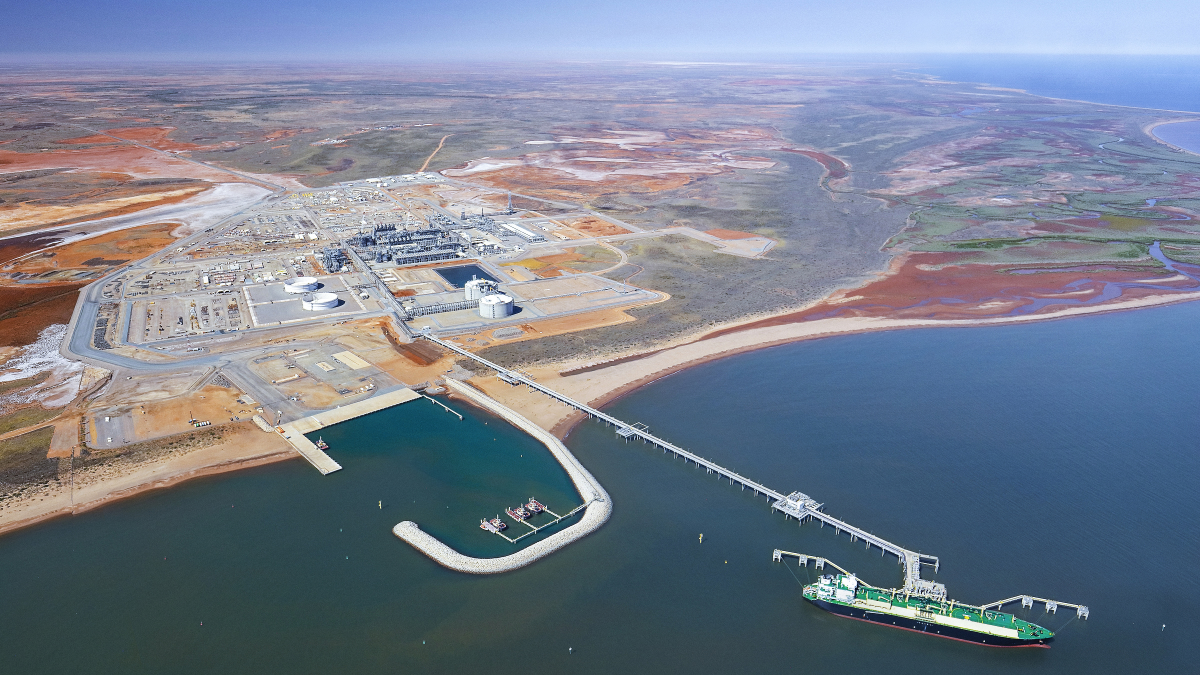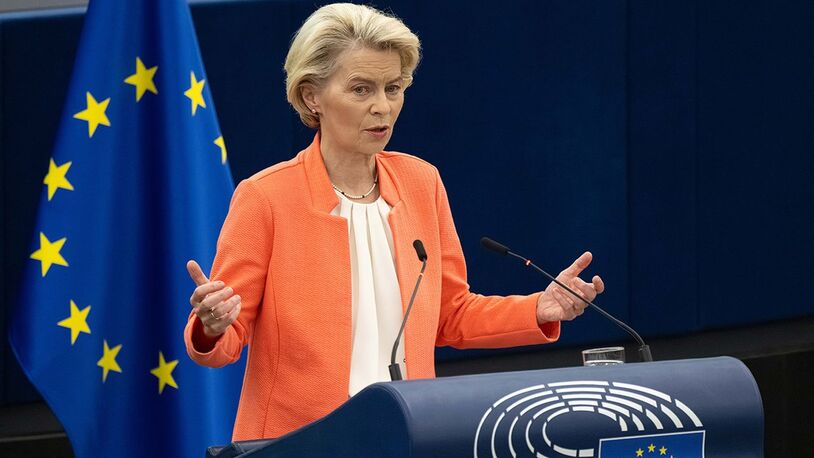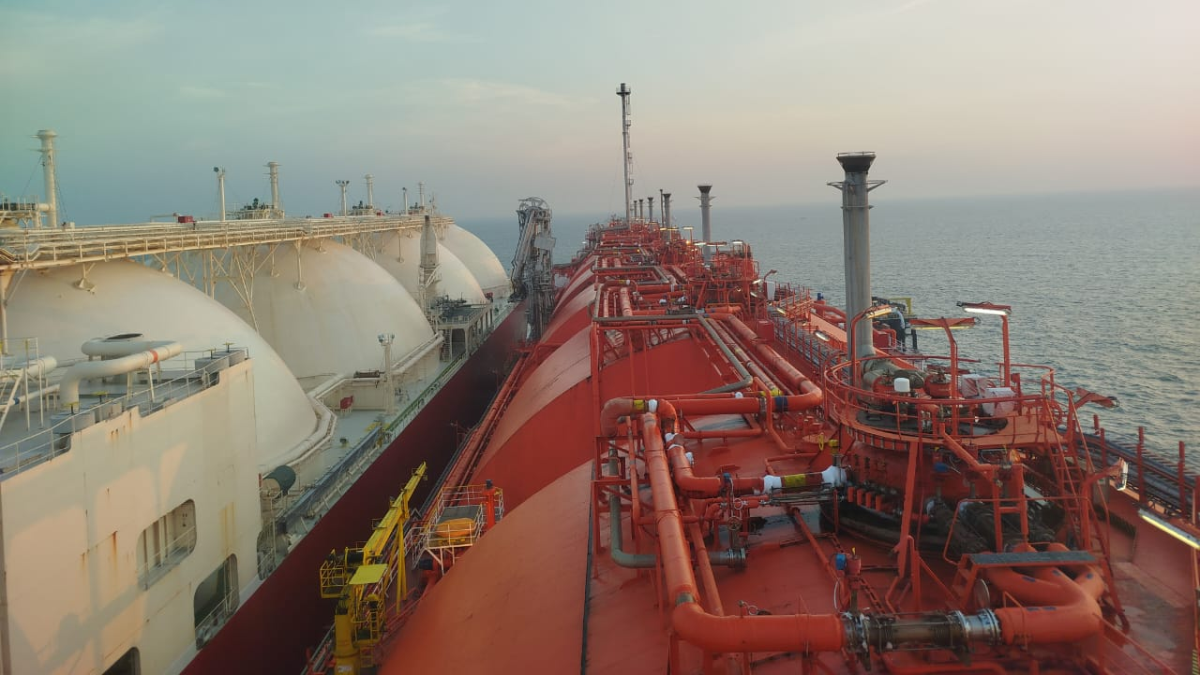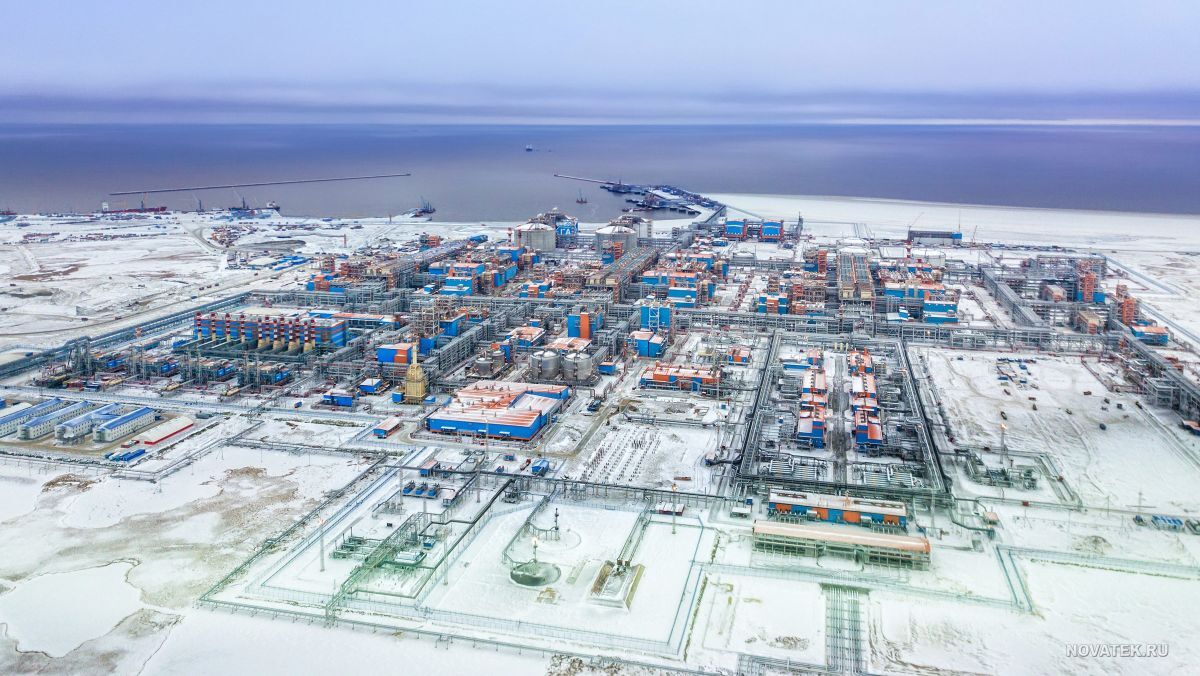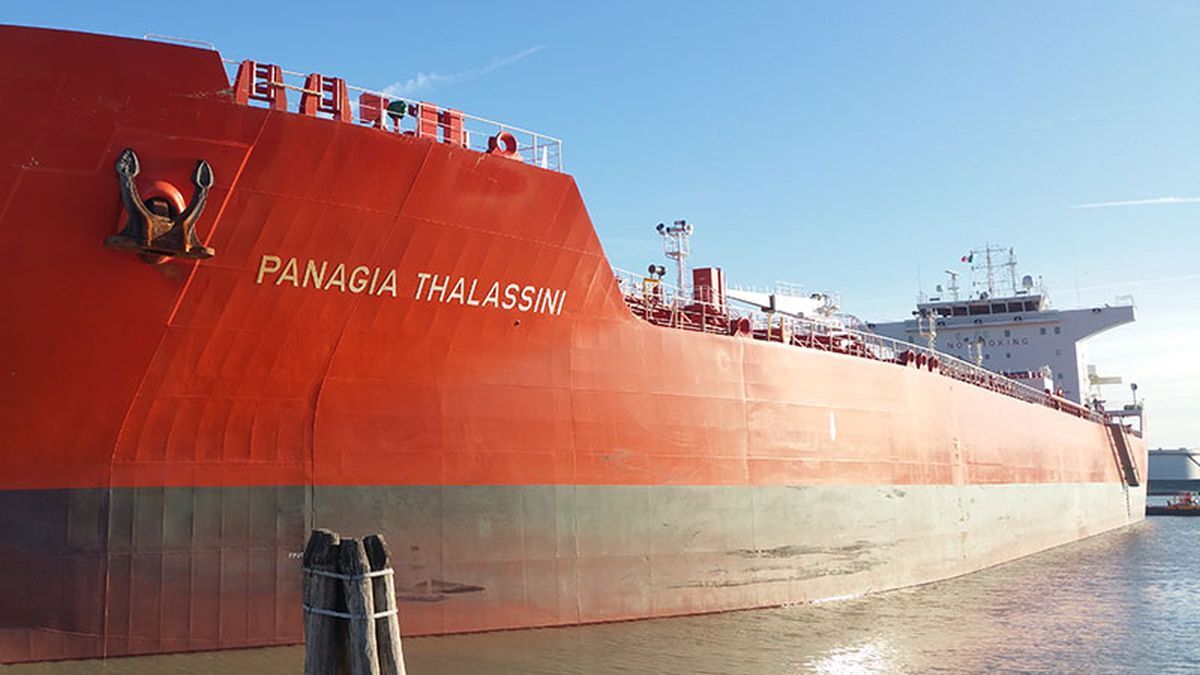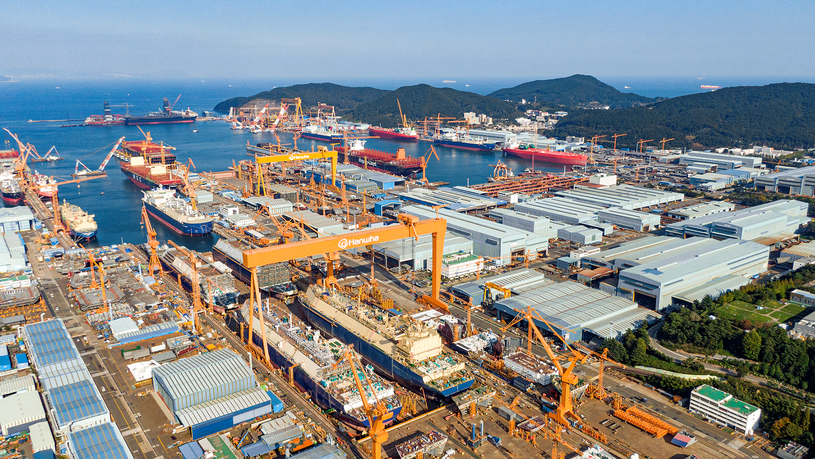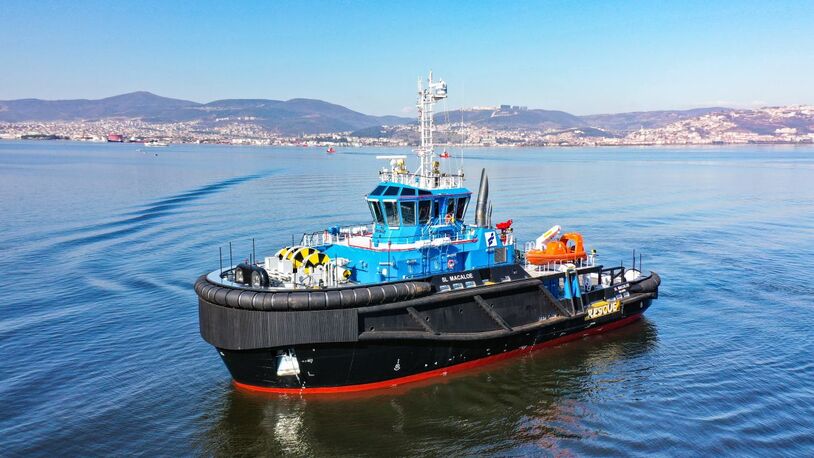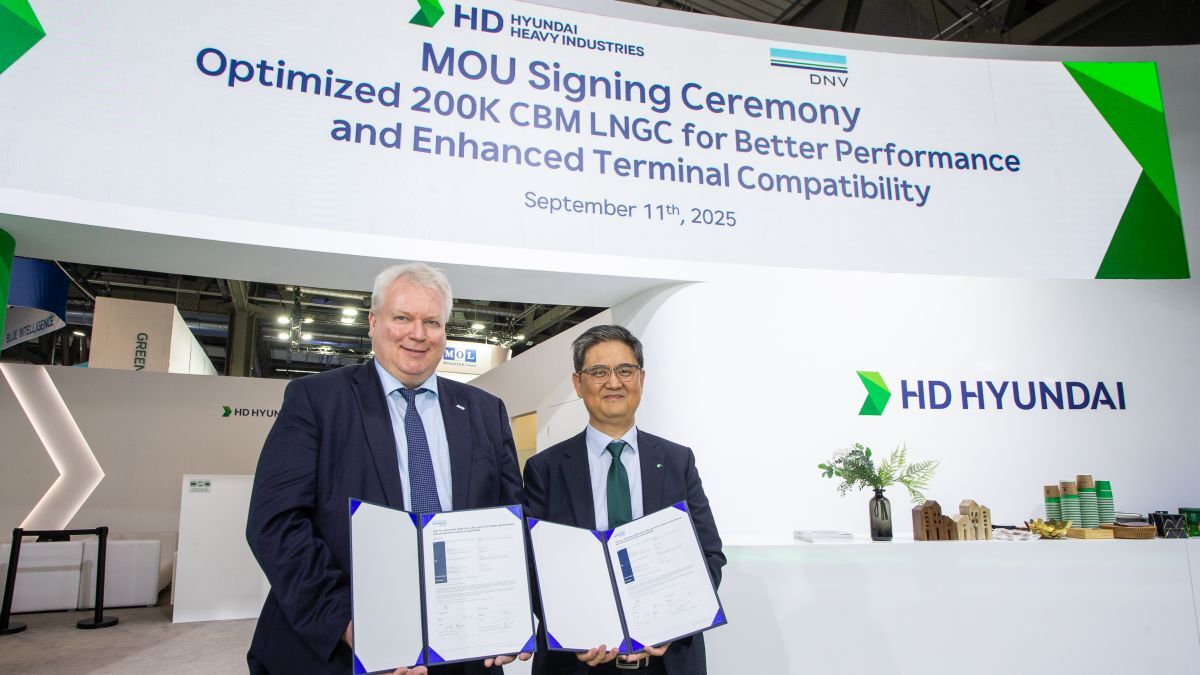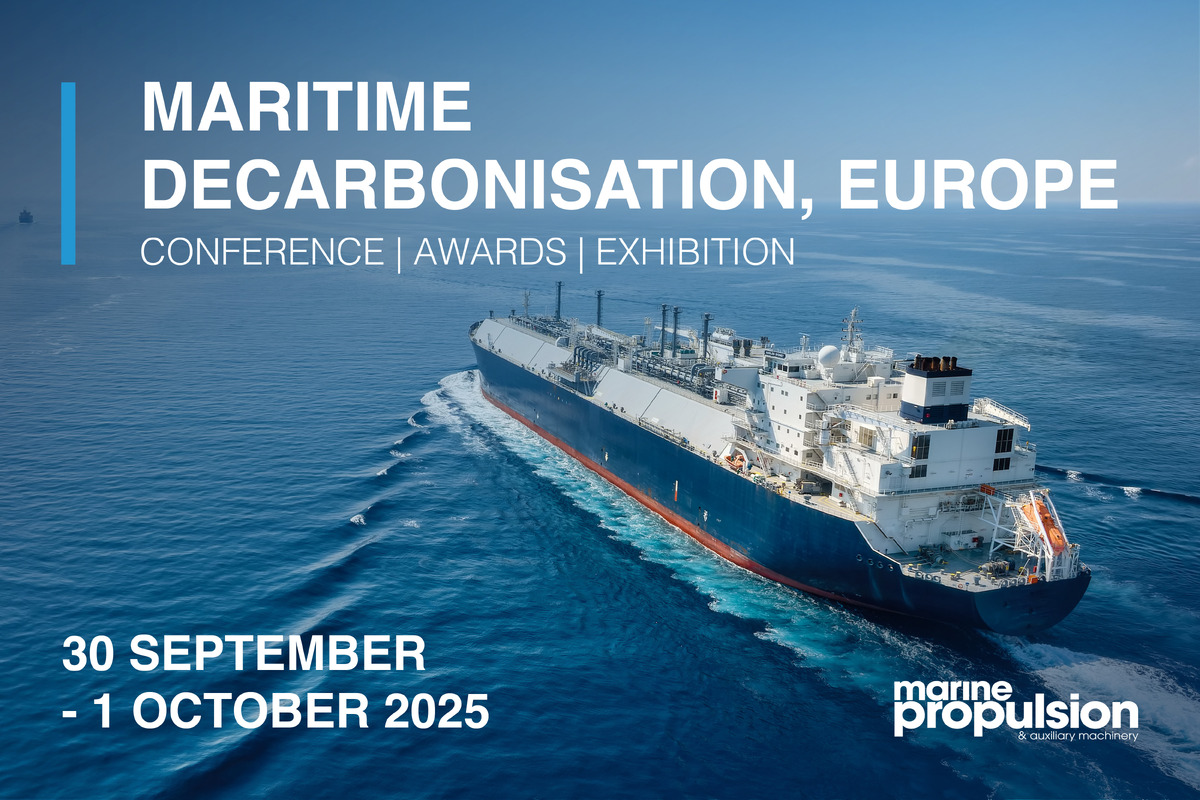Business Sectors
Events
Contents
Register to read more articles.
New LNG capacity emerges across Asia and Oceania
Chevron, Woodside, Santos, BP, TotalEnergies, SLNG, HPCL, Hai Linh, and Petronet LNG advance new LNG projects across Asia and Oceania, reshaping the regional market
Asia and Oceania’s LNG landscape is undergoing change, with new liquefaction projects underway and import terminals expanding in response to growing demand. While companies advance new facilities, Chevron has restructured its Australian holdings, shifting its focus towards Wheatstone LNG.
In Papua New Guinea, the Papua LNG project is progressing under TotalEnergies and Santos, with a final investment decision expected in 2025. Santos has confirmed that “all key technical, commercial and regulatory milestones” are on track. The project will be developed as an expansion to the existing PNG LNG infrastructure, using new production wells alongside additional gas resources.
Indonesia’s Tangguh LNG plant is undergoing expansion as BP moves forward with plans to increase output. The project will add gas from the Ubadari field and includes a carbon capture, utilisation and storage facility, described by BP as “a critical step in extending the life of Tangguh.” The expansion is projected to bring additional capacity of 3 trillion cubic feet of natural gas online.
Australia’s Barossa Gas Project is also taking shape, with Santos confirming that the project remains on schedule for late 2025. The Barossa field is set to replace declining supply to Darwin LNG, maintaining export volumes from the facility. Meanwhile, at the other end of the LNG chain, new import terminals are emerging across Asia.
“The expansion of LNG infrastructure in Asia and Oceania continues as new projects align with shifting energy needs”
Singapore LNG Corporation has signed an agreement with Mitsui OSK Lines to charter a floating storage and regasification unit (FSRU) as the country’s second LNG import terminal. The unit will be built by Hanwha Ocean in South Korea and will be stationed at Jurong Port. The new terminal will add an additional five million tonnes per annum of regasification capacity.
In India, Hindustan Petroleum Corporation Limited (HPCL) expects to bring the Chhara LNG terminal online by early 2025. The facility, India’s sixth LNG import terminal, is being commissioned with an initial throughput of five million tonnes per year. HPCL is negotiating long-term LNG supply agreements ahead of the start-up.
Vietnam is also seeing new LNG activity. Hai Linh Co., Ltd. has been granted a government licence to import and export LNG, making it the country’s first private LNG trader. The company plans to begin operations at the Cai Mep LNG Terminal in Ba Ria-Vung Tau province in 2025.
At the export end of the sector, Chevron has consolidated its position in Australia’s Wheatstone LNG project through an asset swap with Woodside Energy. Under the deal, Chevron will take full ownership of Woodside’s 13% interest in Wheatstone, while Woodside will assume Chevron’s 16.67% stake in the North West Shelf Project. In addition, Chevron will pay Woodside up to US$400M. “This agreement allows both companies to optimise their portfolios,” Chevron Australia stated, adding that its increased stake in Wheatstone “reinforces our commitment to our Western Australia gas operations.”
The expansion of LNG infrastructure in Asia and Oceania continues as new projects align with shifting energy needs. While Papua LNG and Tangguh’s expansion promise additional liquefaction capacity, growing import demand in Singapore, India and Vietnam is setting the stage for an evolving regional market.
Related to this Story
Events
Maritime Decarbonisation, Europe: Conference, Awards & Exhibition 2025
Offshore Support Journal Conference, Americas 2025
LNG Shipping & Terminals Conference 2025
© 2024 Riviera Maritime Media Ltd.


